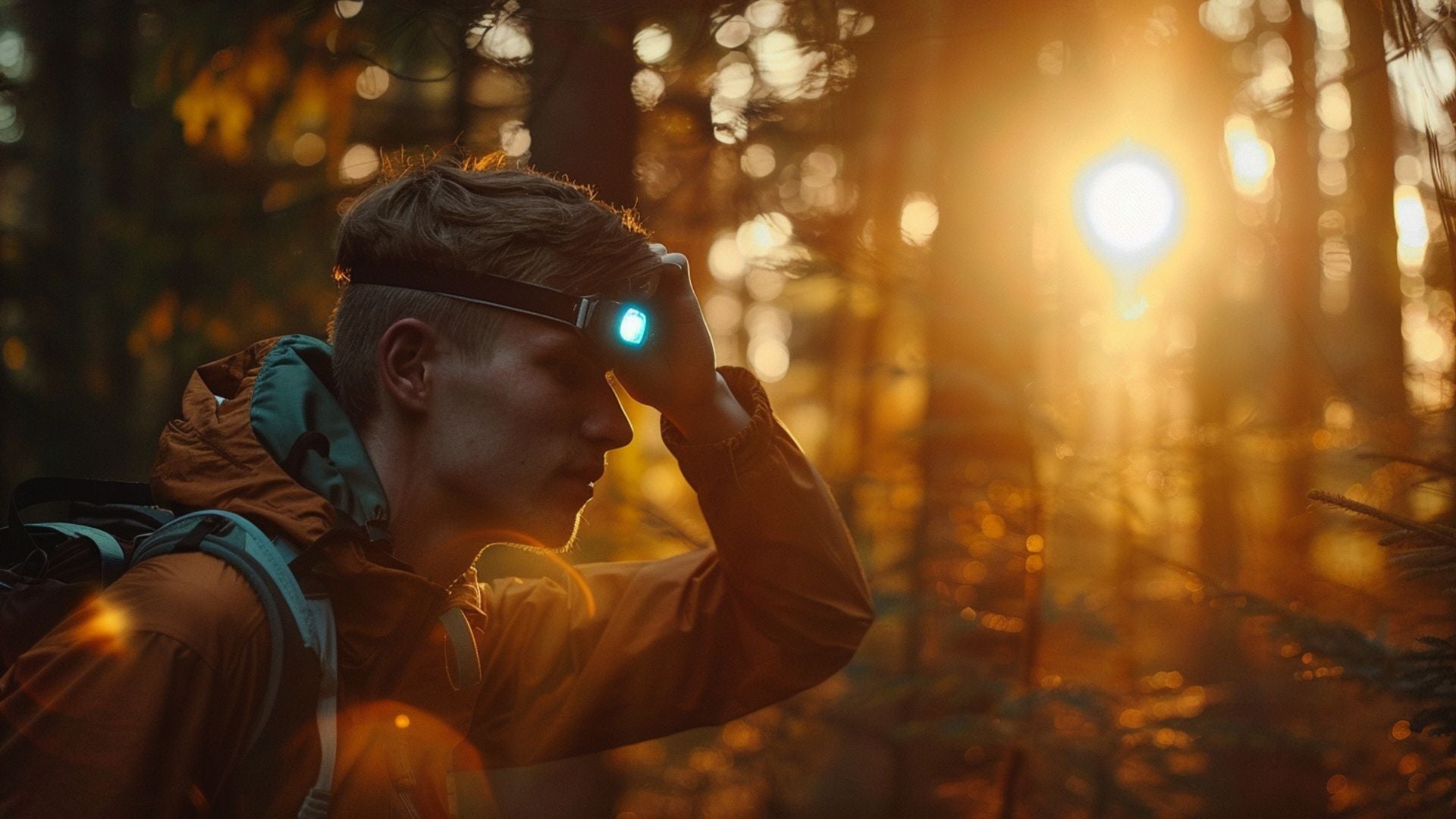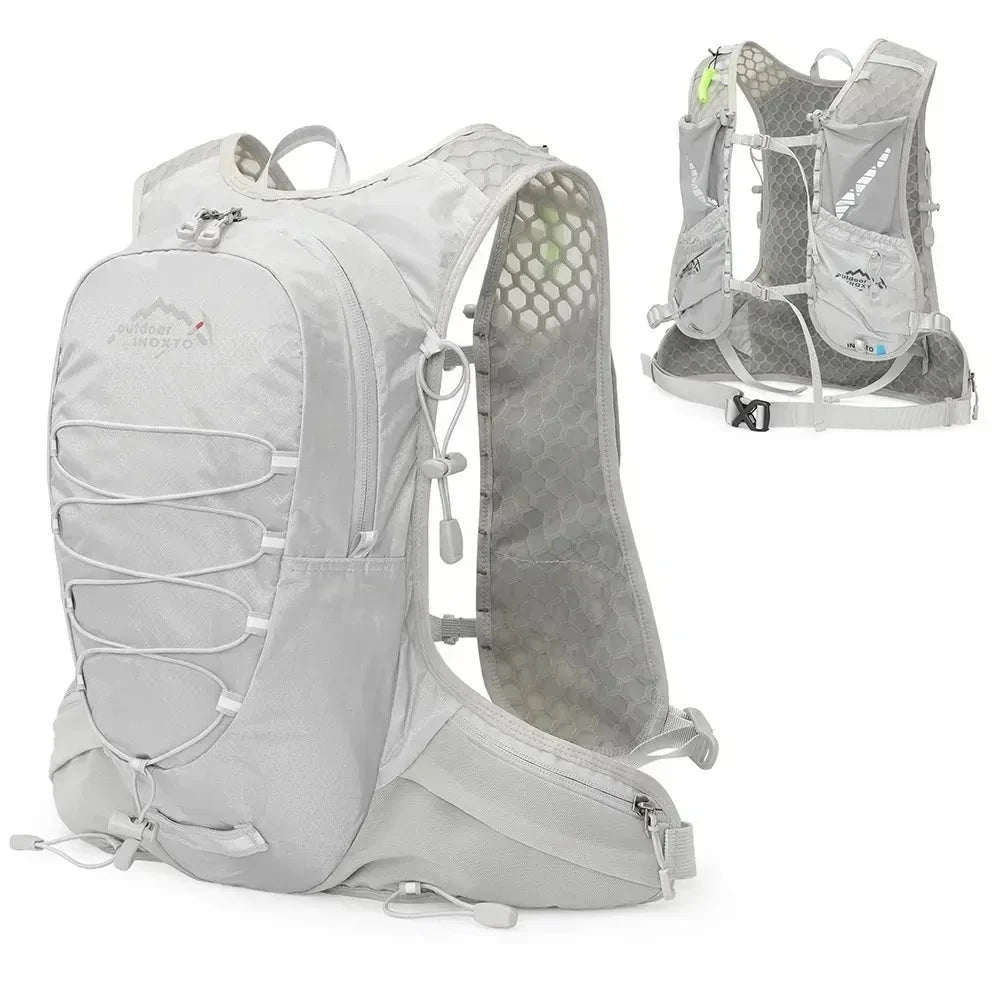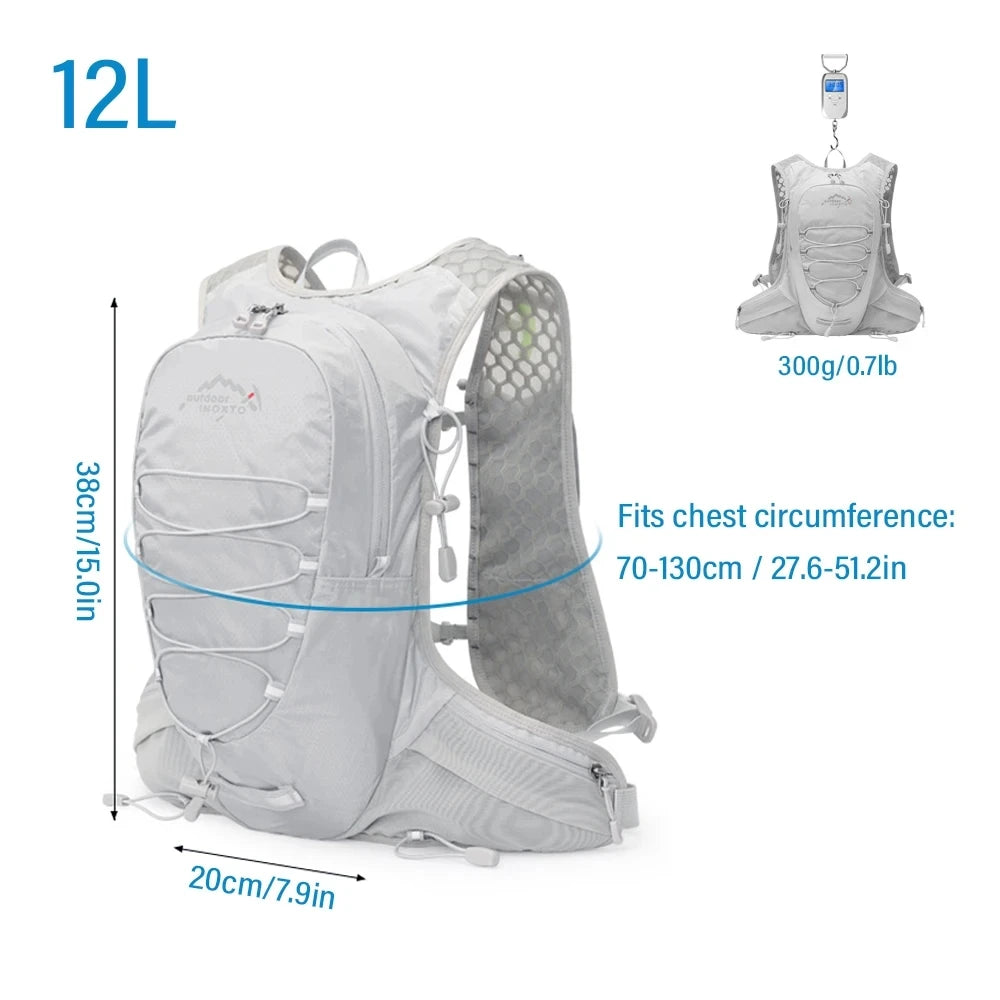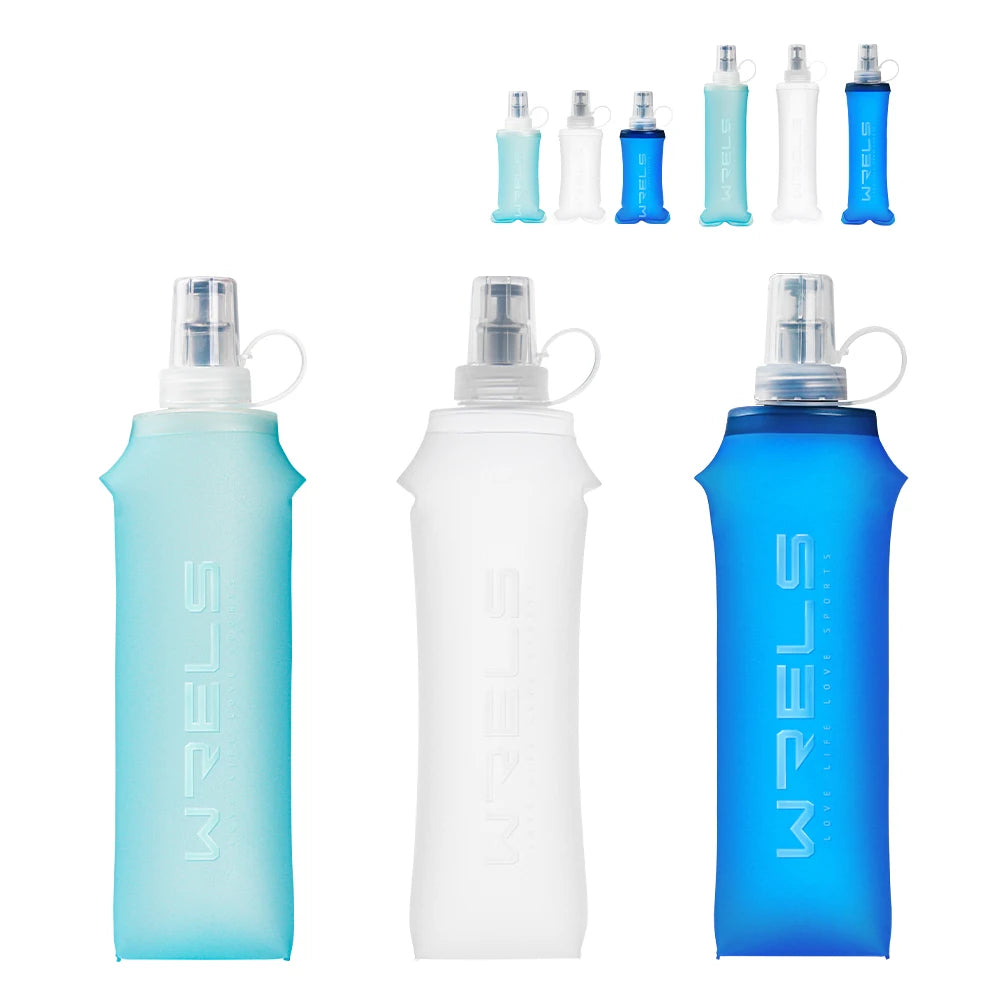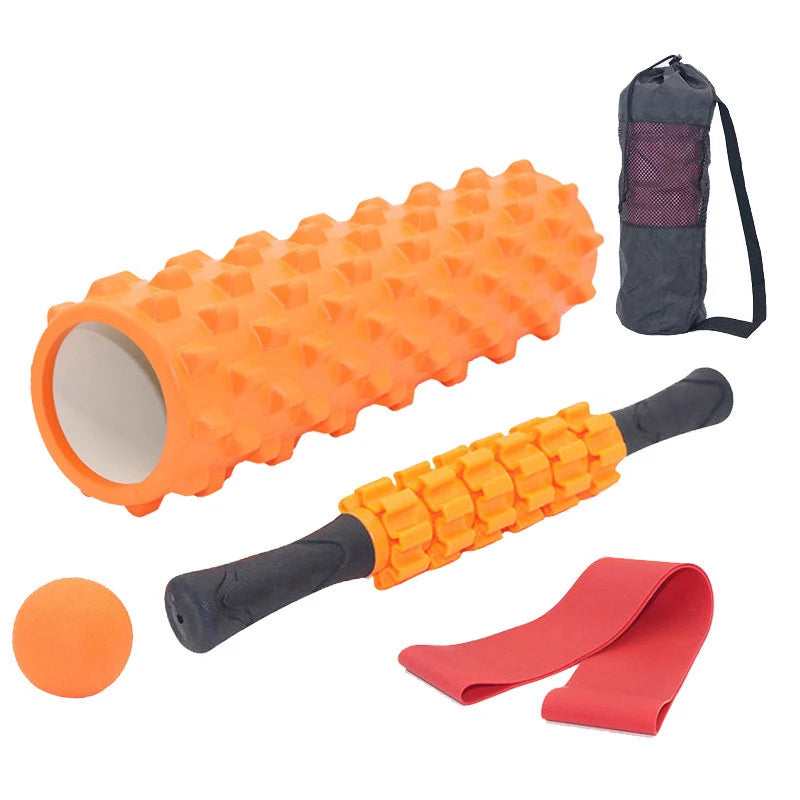There's something magical about the trails after sunse, the quiet, the cool air, the way the stars stretch across the sky. But running in the dark is a different beast, and it comes with its own set of challenges. If you're looking to train after hours or prep for a race with nighttime stages, learning how to run safely at night is non-negotiable.
At Trail Running, we’re here to help you enjoy every run, even the ones lit by moonlight and headlamp. Here’s how to train smart, gear up properly, and run with confidence after dark.
1. Why Train at Night?
There’s more to night running than fitting training into a busy schedule.
-
It builds mental toughness. The trails feel different at night, unpredictable and humbling.
-
Race prep. Many ultra and adventure races include nighttime stages.
-
Cooler conditions. For summer runners, evenings can be more comfortable.
-
Quiet trails. Fewer people and less noise make for a more focused run.
Just make sure your plan includes the right precautions.
2. Lighting: The Most Important Piece of Gear
A quality headlamp is your most valuable tool when trail running at night. Forget the phone torch, you need real beam strength, battery life, and hands-free design.
What to look for:
-
Lumens: 200–400 lumens for casual runs, 500+ for technical terrain
-
Beam Type: Wide-angle floodlight for close terrain, spotlight for distance
-
Battery: Rechargeable is best; bring a backup or USB power bank
-
Fit: Adjustable straps that don’t slip during movement
For added visibility, consider clip-on LED lights or reflective bands, especially if crossing roads or busy car parks.
3. Choose Your Trail Wisely
Stick to trails you already know. You don’t want to learn new terrain while trying to avoid tree roots in the dark.
Tips:
-
Run loop tracks or out-and-back routes
-
Avoid highly technical terrain unless experienced
-
Check weather and trail reports before you go
-
Tell someone your route and expected return
Confidence is key and knowing what’s ahead helps you stay alert and safe.
4. Dress for Visibility and Movement
Your gear should do two things at night:
-
Keep you warm (temperatures drop quickly)
-
Help others see you
Look for:
-
Moisture-wicking base layers that retain heat when wet
-
Reflective strips or piping on jackets, leggings, and hats
-
Bright or high-contrast layers for early dusk visibility
Our curated apparel at Trail Running features reflectivity in all the right places, built for movement and visibility, not just fashion.
5. Pace + Awareness Over Speed
Running at night forces you to slow down and feel your surroundings, and that’s a good thing.
-
Take shorter, lighter steps
-
Use your ears: listen for rustling, animals, or other runners
-
Stay alert, especially when descending
-
Don’t zone out, the trail is still wild, even at night
Night running builds better proprioception (your body’s sense of movement and position) and reinforces better technique through mindfulness.
6. Have a Backup Plan
Even with great lighting, things can go sideways.
Pack:
-
A backup light or headlamp
-
Phone or GPS watch with emergency contact access
-
Emergency foil blanket if temps drop
-
Trail map or GPX file of your route
You won’t always need them, but you’ll be glad you had them if things don’t go to plan.
Night trail running unlocks a new kind of freedom, one where you can find solitude, confidence, and stillness in the darkest hours. But to do it right, you need the right lighting, thoughtful planning, and gear that works with the terrain, not against it.
Our range of trail-specific headlamps and safety lighting is chosen for one reason: it works in the real world. Lightweight, rechargeable, and built for the rugged New Zealand outdoors, each product is tested to keep you safe and visible when the sun goes down.
So light the trail ahead. And keep moving forward, even after dark.

